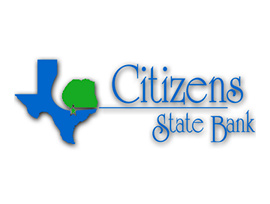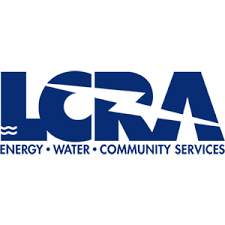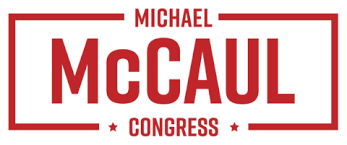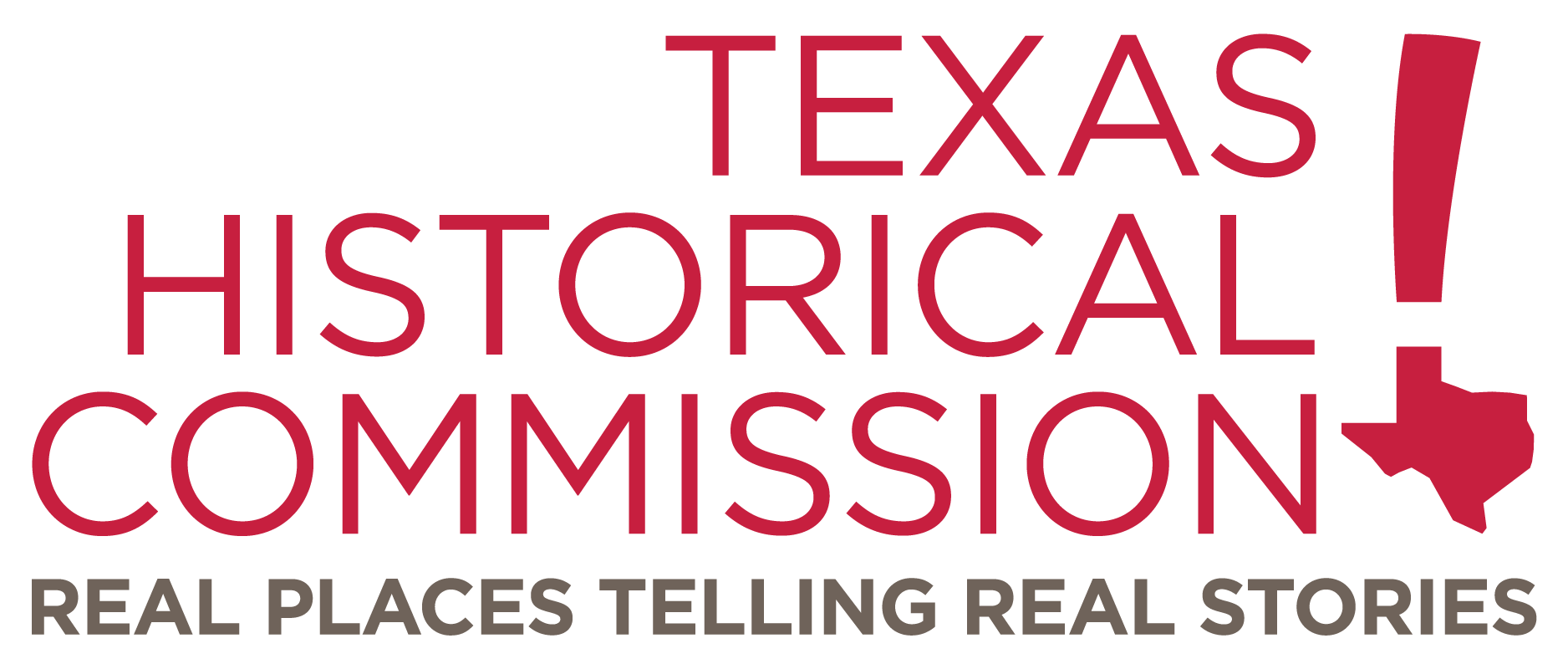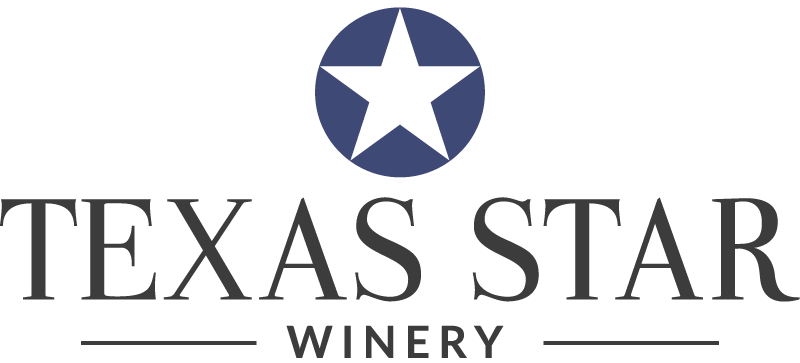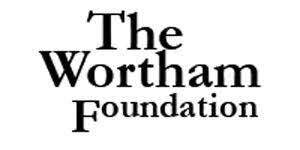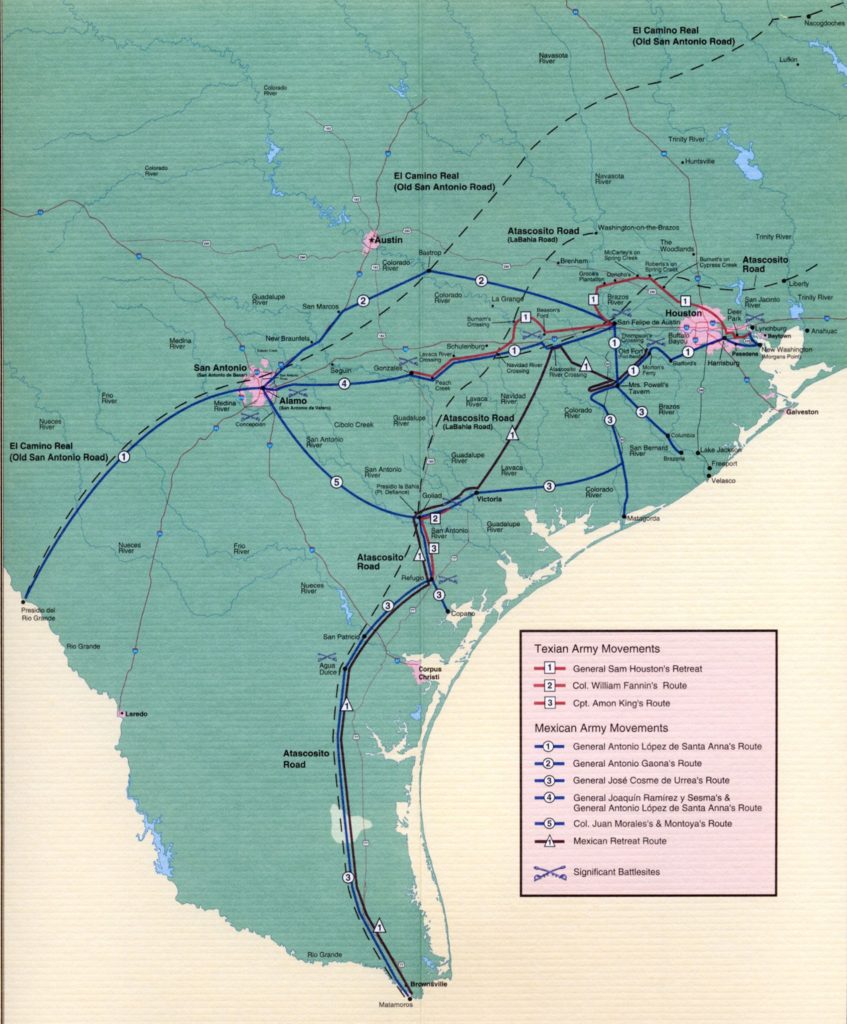
Day Three of the Convention of 1836
The Convention now settles in to the task set before it. Independence has been declared and the re-written Declaration is presented and signed by all delegates present. A committee was formed that effectively transferred governmental authority from Governor Smith, Lt. Governor Robinson, and the Council to the assembled Convention. There was a call for an election of a Major General to be commander-in-chief of all Texian military forces to be held at a future time. Much concern was paid to the condition of the Army and the situation of the Mexican Army on the frontier. Colonel Gray does not make much note of this day other than mentioning the actual signing of the Declaration of Independence. However, it is March 3rd that Lieutenant Colonel William B. Travis writes his final dispatch from inside the Alamo and it is addressed to the Convention at Washington. Travis writes:
“[…]From the twenty-fifth to the present date the enemy has kept up a bombardment […] and a heavy cannonade […] During this period the enemy have been busily employed in encircling us with entrenched encampments on all sides […] Notwithstanding all this, a company of thirty-two men from Gonzales made their way in to us on the morning of the first […] and Colonel J. B. Bonham (a courier from Gonzales) got in this morning at eleven o’clock without molestation […] The spirits of my men are still high although they have had much to depress them. We have contended for ten days against an enemy whose numbers are variously estimated at from fifteen hundred to six thousand men […] Col. Fannin is said to be on the march to this place with reinforcements, but I fear it is not true […] I look to the colonies alone for aid; unless it arrives soon, I shall have to fight the enemy on his own terms. I will, however, do the best I can under the circumstances; and I feel confident that the determined valor and desperate courage heretofore exhibited by my men will not fail them in the last struggle […]I hope your honorable body will hasten on reinforcements ammunition, and provisions to our aid as soon as possible […] [If] large reinforcements are hastened to this frontier, this neighborhood will be the great and decisive ground. The power of Santa Anna is to be met here, or in the colonies; we had better meet them here than to suffer a war of devastation to rage in our settlements. A blood red banner waves from the church of Bexar, and in the camp above us, in token that the war is one of vengeance against rebels; they have declared us as such; demanded, that we should surrender at discretion, or that this garrison should be put to the sword. Their threats have had no influence on me or my men, but to make all fight with desperation, and that high souled courage which characterizes the patriot, who is willing to die in defense of his country’s liberty and his own honor (…).
God and Texas—Victory or Death.
W.B. Travis”
It would be several days before this letter arrives in Washington and is read before the Convention. While the Siege in Bexar rages on, the delegates discuss the ending of the land grant system by which land had been distributed in Colonial Texas. Robert Potter (Nacogdoches) called for the creation of Regiment of Rangers and a committee was formed to create a flag of the Republic of Texas which included Lorenzo de Zavala.
Pictured here is a campaign map of the Texas Revolution in the year 1836.



